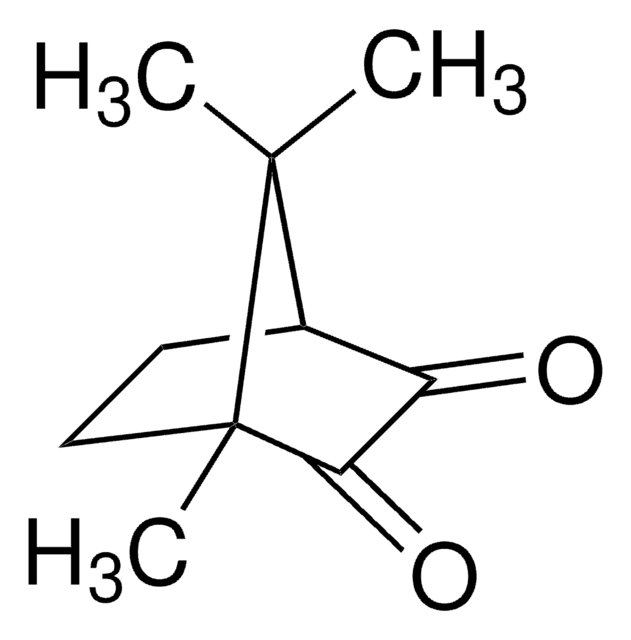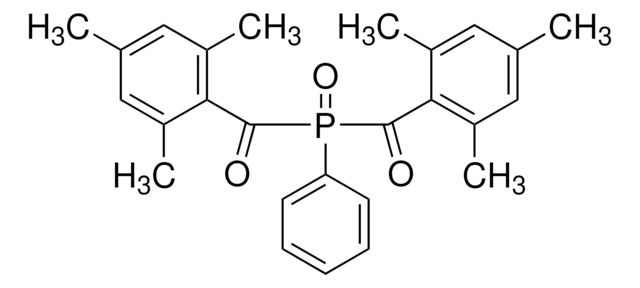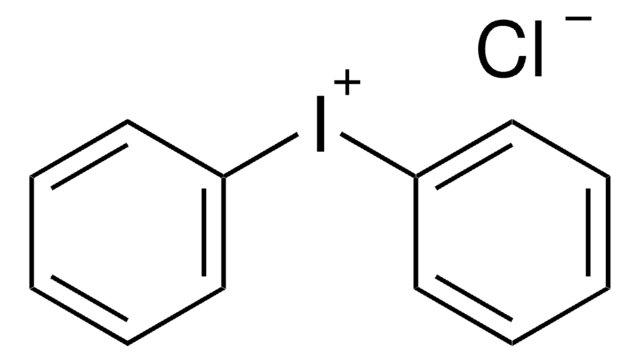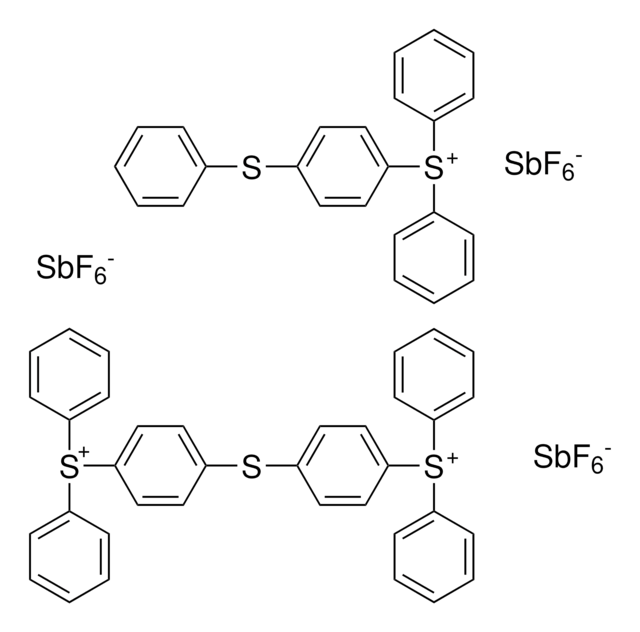726192
Bis(4-methylphenyl)iodonium hexafluorophosphate
98%
Synonym(s):
Bis(p-tolyl)iodonium hexafluorophosphate
Sign Into View Organizational & Contract Pricing
All Photos(1)
About This Item
Empirical Formula (Hill Notation):
C14H14F6IP
CAS Number:
Molecular Weight:
454.13
Beilstein:
3581445
EC Number:
MDL number:
UNSPSC Code:
12352300
PubChem Substance ID:
NACRES:
NA.23
Recommended Products
Quality Level
Assay
≥97.5% (TLC)
98%
form
solid
SMILES string
F[P-](F)(F)(F)(F)F.Cc1ccc([I+]c2ccc(C)cc2)cc1
InChI
1S/C14H14I.F6P/c1-11-3-7-13(8-4-11)15-14-9-5-12(2)6-10-14;1-7(2,3,4,5)6/h3-10H,1-2H3;/q+1;-1
InChI key
LHLVGWWCRPPKBC-UHFFFAOYSA-N
General description
Bis(4-methylphenyl)iodonium hexafluorophosphate is a white powder. It melts at 175-180 °C and shows an UV absorption peak at 267nm. 1
Application
- Covalent Functionalisation of Few-Layer Black Phosphorus using Aryl Iodonium Salts and Comparison to Diazonium Modified Black Phosphorus: Explores the functionalization of black phosphorus using bis(4-methylphenyl)iodonium hexafluorophosphate and compares it to diazonium modification (M Van Druenen, 2019).
- Iodonium sulfonates as high‐performance coinitiators and additives for CQ‐based systems: Toward aromatic amine‐free photoinitiating systems: Examines the effectiveness of iodonium sulfonates and bis(4-methylphenyl)iodonium hexafluorophosphate in CQ-based photoinitiating systems (J Kirschner et al., 2019).
- Thiophene-substituted phenothiazine-based photosensitisers for radical and cationic photopolymerization reactions under visible laser beams (405 and 455 nm): Studies the use of thiophene-substituted phenothiazine in combination with bis(4-methylphenyl)iodonium hexafluorophosphate for effective photopolymerization (P Chao et al., 2016).
Signal Word
Danger
Hazard Statements
Precautionary Statements
Hazard Classifications
Skin Corr. 1B
Storage Class Code
8A - Combustible corrosive hazardous materials
WGK
WGK 3
Flash Point(F)
Not applicable
Flash Point(C)
Not applicable
Choose from one of the most recent versions:
Already Own This Product?
Find documentation for the products that you have recently purchased in the Document Library.
Customers Also Viewed
Our team of scientists has experience in all areas of research including Life Science, Material Science, Chemical Synthesis, Chromatography, Analytical and many others.
Contact Technical Service





![Bis[2-(methacryloyloxy)ethyl] phosphate](/deepweb/assets/sigmaaldrich/product/structures/128/336/4e7a3e38-338c-423e-95b8-70d9d1f8e121/640/4e7a3e38-338c-423e-95b8-70d9d1f8e121.png)




![Phenyl[3-(trifluoromethyl)phenyl]iodonium triflate ≥98% (HPLC)](/deepweb/assets/sigmaaldrich/product/structures/424/062/057593f4-e032-4d3e-bed6-6be37c1ae76d/640/057593f4-e032-4d3e-bed6-6be37c1ae76d.png)
